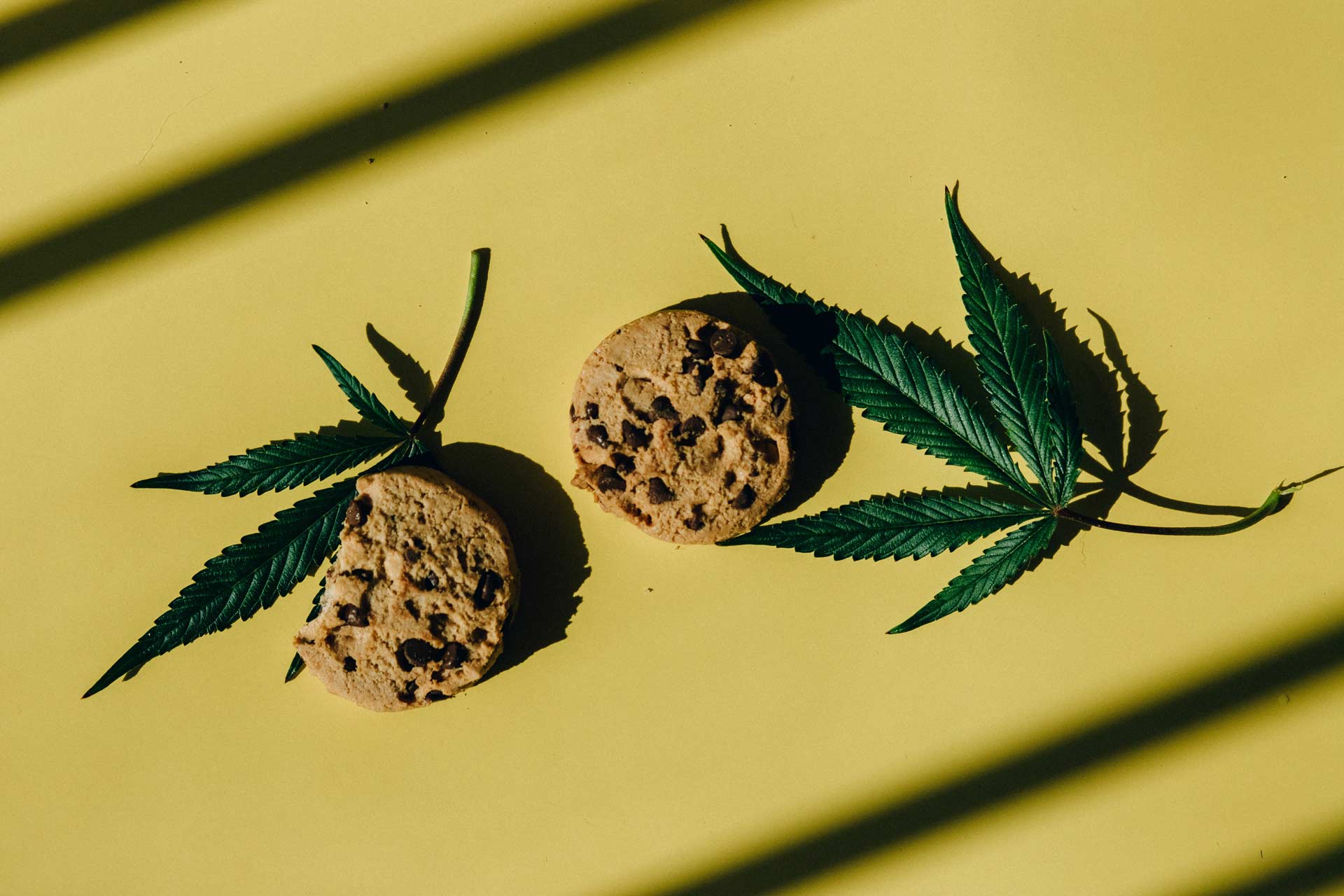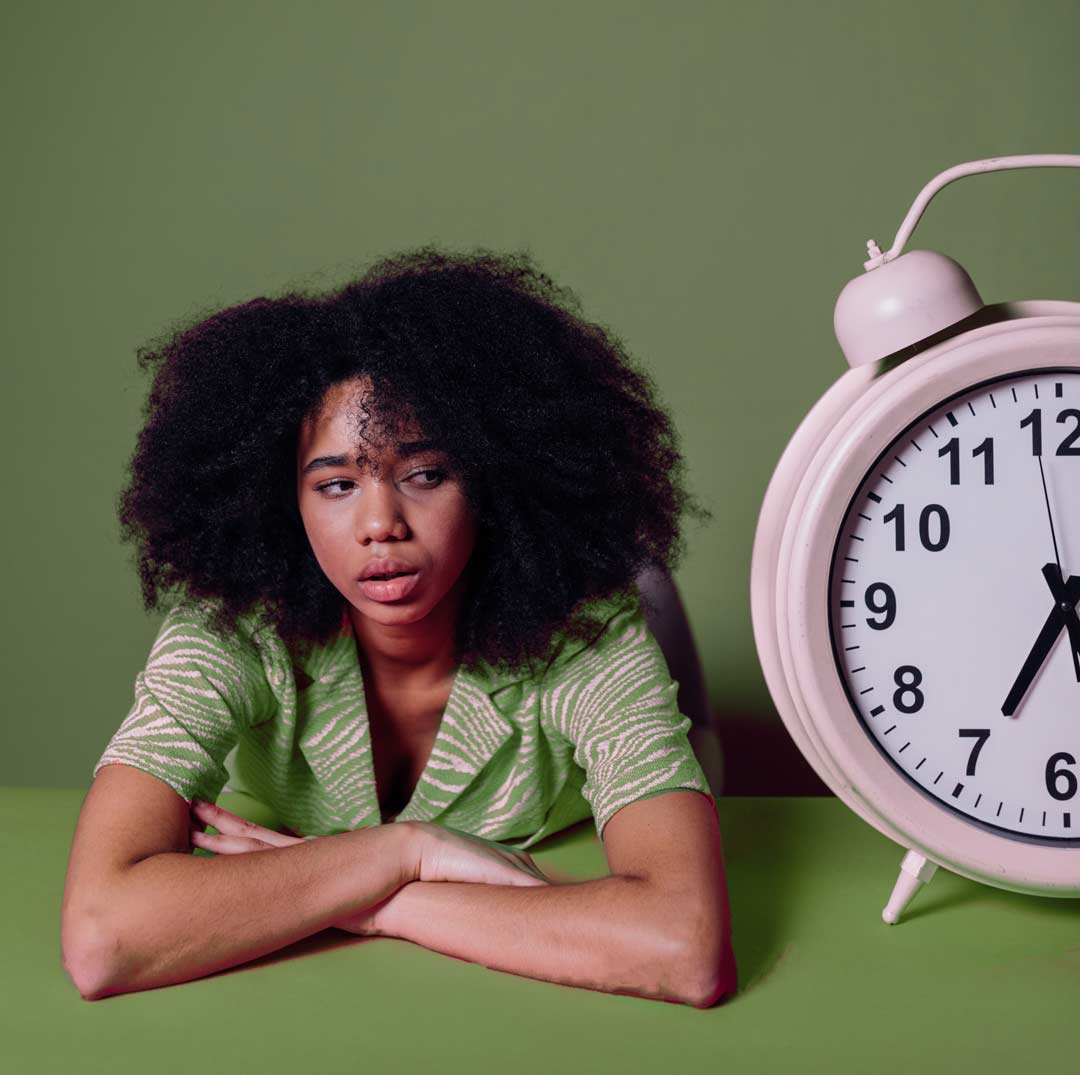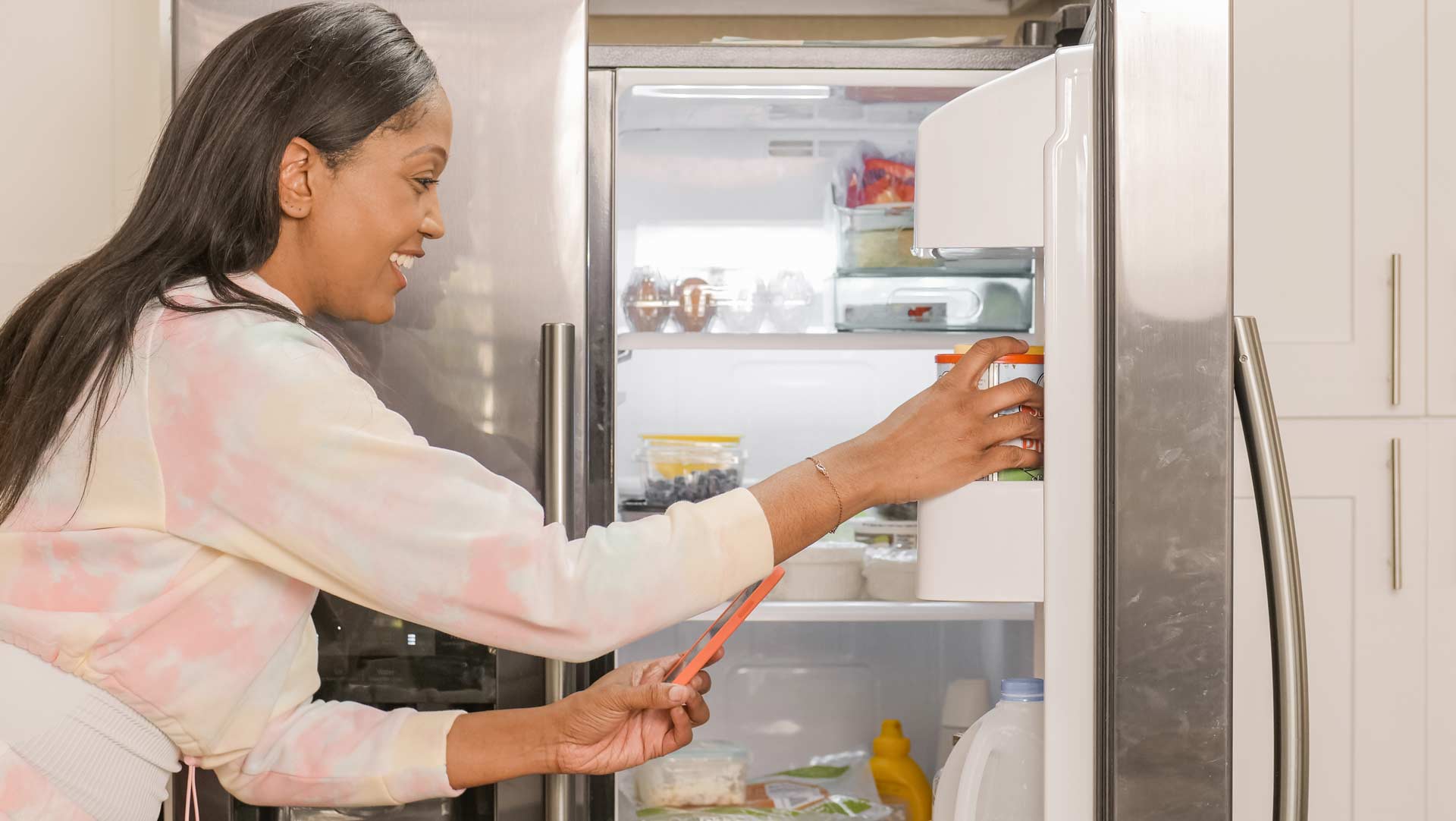Edibles have taken our cannabis world by storm. But have you ever really thought to explore how they’re made? It’s time for you to learn precisely what a cannabis edible is (even if you think it’s obvious) and how they work.
Cannabis edibles consist of any food or drink that has been infused with THC. Weed edibles range from THC gummies and chocolate edibles to THC-infused drinks and hard candies. Since edibles must travel through your digestive system, it takes longer to feel the effects than it does when you smoke or vape marijuana.
These days, cannabis edibles are much more than “special brownies.”
The edibles varieties available today could fill a convenience store snack section with cannabis-elevated goodies like weed gummies, chocolate edibles, THC candy, infused mints, and THC drinks, stocking shelves and enlightening consumers.
Recreational and medicinal dispensaries make these products readily available, meeting the many needs of patrons in search of indica edibles, sativa edibles, and hybrid combinations of both.
It’s a dizzying and exciting marketplace that’s so fresh, you’re bound to have a ton of questions. Luckily, we’re here to cover the colorful spectrum of cannabis edibles.
Here’s everything you never thought to ask about edibles!
First, What’s An Edible?
Let’s start at the root question. Edibles consist of an array of THC-infused food and drink products. They take on a multitude of forms, including gummies and chocolates. There are typically four categories of THC edible:
- Sativa-only
- Indica-only
- Hybrid (sativa and indica mashup)
- Pure CBD
However, even within each category, not all edibles are created equal …

What’s A Good Edible?
Making the right choice at the point of purchase is crucial to getting the edible experience you want. But with so much to choose from, what makes one edible better than another? After all, they’re all so similar, right? Well, not exactly. There are two main factors to consider while perusing the THC edibles at your local dispensary: ingredients and price. Those two factors are the twin guiding lights you need to follow.
Edible Ingredients
Look past cutesy packaging and the persuasive charm of your budtender and set your sights on the ingredients of your edible. First, make sure the ingredients are listed. Then, consider what you see. The general rule of thumb is, “if you can’t pronounce it, then you don’t want it in you.”
Edible Prices
This factor relies on another adage: “You get what you pay for.” Anytime you’re presented with a product—any product—that seems unusually affordable, chances are there’s a reason it’s so comparatively cheap. Higher price points typically equal better ingredients and a more enjoyable high with edibles.
How Do Edibles Work?
As we’ve all learned from our first experience with weed edibles, they just hit differently than cannabis that’s smoked or vaped. The main reason for this is the pathway pot takes to our bloodstream when eaten. Smoking weed sends it to your lungs and immediately to your bloodstream, causing you to feel high almost instantly. But when you eat cannabis, it metabolizes through the liver and travels through your digestive system, where it takes far longer to process than it does in your lungs.
How Fast Do Edibles Kick In?
The journey from eating an edible to getting high can usually take 30 minutes. It’s a delayed reaction that often leads consumers to eat more edibles in one sitting because they think the first serving isn’t working. To that, we say, “hold up!” Give your weed edibles a chance to flourish in your system, and then after 30-40 minutes, gauge your high before going in for a second bite.

What Edible Dose Is Right For Me?
Slow down, speed racer! Dosing is essential when engaging with edibles, especially for beginners or anyone nervous about getting too high. Categorized by milligram, edible doses range from reasonably high to radically out there.
Microdose
Ideal for the wide-eyed innocents, microdoses typically range from 1 milligram to 5 milligrams of THC per serving. With numbers like those, it’s virtually impossible to overeat when following the listed instructions.
Microdosing is the trendy way to consume edibles, with advocates espousing benefits like productive workdays, tolerable family obligations, casual first dates, and stress-free excursions of all kinds. When you microdose edibles, you generally want to start with a low dose, 2.5 to 5 milligrams of THC, and gradually work your way up, adding to the dose every two hours or so.
Medium Dose
Here, we begin to blur the line between wellness and pure recreation. A medium dosage of weed edible generally lands between 5 milligrams and 10 milligrams THC, leaving you comfortably stoned for an extended period. For more experienced, well-rounded partakers, a nice medium-dose enhances a night out with friends, elevates concert experiences, and opens up new windows of perception on nature walks. It’s for those sessions where you want to get high enough to feel high.
Macrodose
Shuttle 420; we have liftoff! Macrodosing is for the serious edible consumer—those professional stoners that are incredibly comfortable getting high, particularly with edibles. Generally, any dose 10 milligrams THC or more, macrodosing makes the most sense when you have no real obligations and instead want a strange spaced-out trip to unfold over a few hours.
What’s the Difference Between Sativa and Indica Edibles?
When consuming sativa or indica edibles, the two primary strains of cannabis follow the same rules as to when they’re smoked or vaped. Sativa induces a “head high” and more uplifting, energetic effects. Indica is more of a bedtime bud, delivering a “body high” that puts you on the couch and keeps you there, feeling relaxed and sedated. A hybrid strain takes both of those characteristics and blends them, resulting in a boost of euphoria that’s more muted and contemplative than goofy and off-the-wall.
How Do You Store Edibles?
Like flower, cannabis edibles require proper storage and protection from heat, sunlight, moisture, and other elements that can harsh the effects.
First things first, air is the enemy of your edible weed. Edible gummies, hard candies, and baked goods should be stored in an airtight container, which wards off moisture loss, staleness, and poor texture. And if you plan on keeping your edibles for an extended period—you know, instead of eating all of it in one night—there’s nothing wrong with keeping your goodies in the refrigerator or freezer.
Exposure to heat can destroy edibles, degrading the overall effect and devastating the flavor. When edible chocolate and edible candies melt, they never regain the same taste, texture, and impact when you try to re-solidify them. In general, edibles benefit from cooler temperatures. Whether that’s in a cabinet away from a heat source or in the refrigerator, as long as it’s in an airtight container, you’ll be OK.

What Types of Edibles are at Dispensaries?
It can be a THC-infused edible if you eat it or drink it. Here are some of the most common types of edibles you can find in recreational and medicinal cannabis dispensaries:
- Gummies: THC gummy bears, drops, and chews of all shapes
- Candy: Chocolate bars, caramel chews
- Hard Candy: Lollipops, lozenges, and mints
- Baked Goods: Brownies, cakes, and cookies
- Savory Snacks: Peanut butter, cheese crackers, potato chips, popcorn
- Drinks: Seltzers, soft drinks, shots, beverage enhancers
Lightshade is a super stoner market, a dispensary that serves as a source for an array of edible cannabis products, from light touches to potent punches. So come on to our online shop and check out all the THC edibles we have in stock!